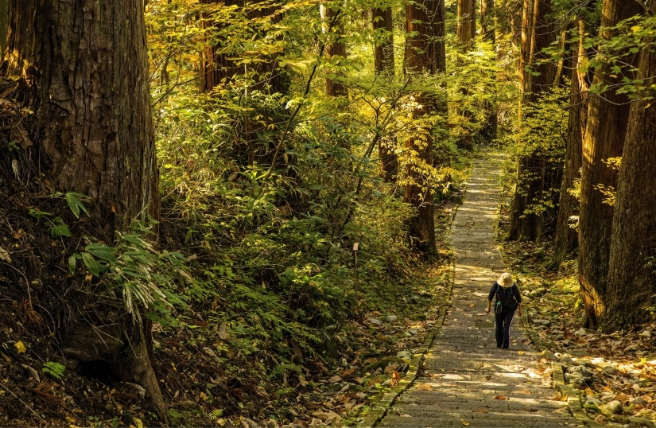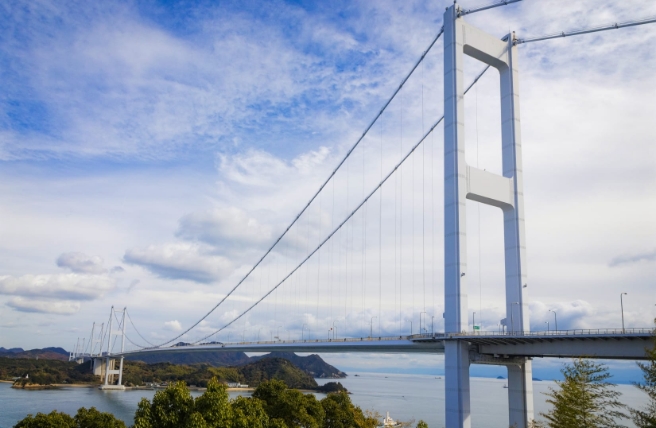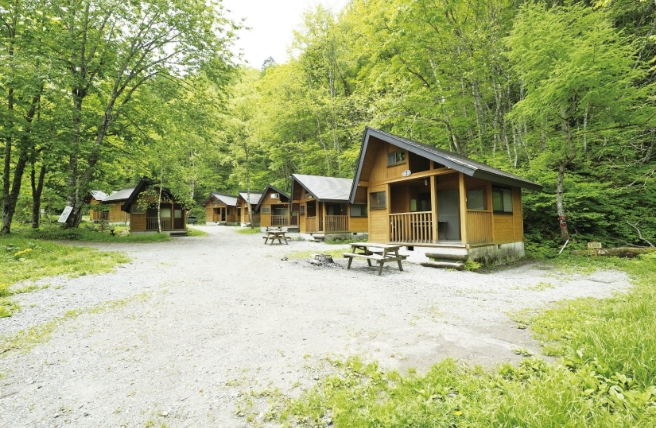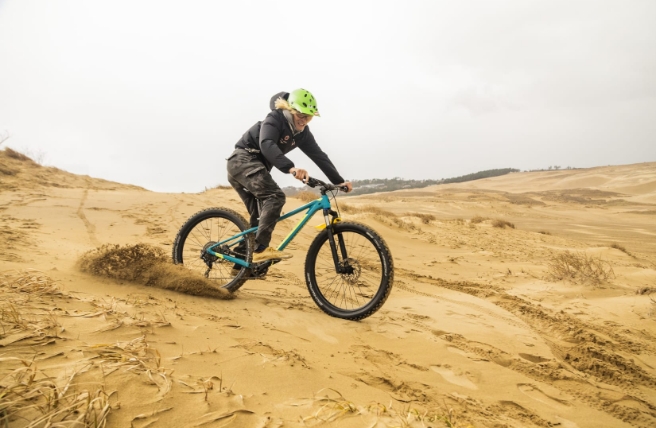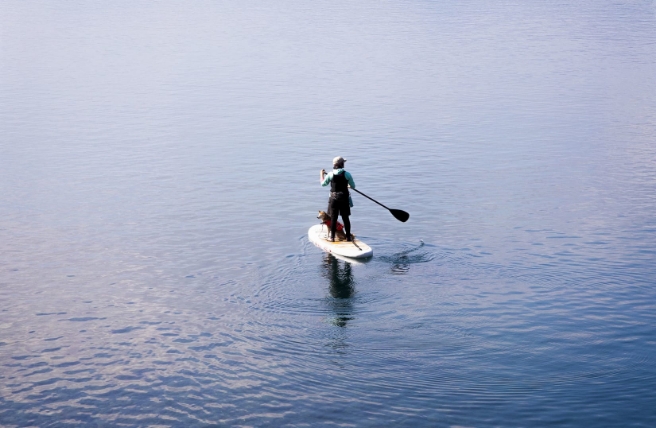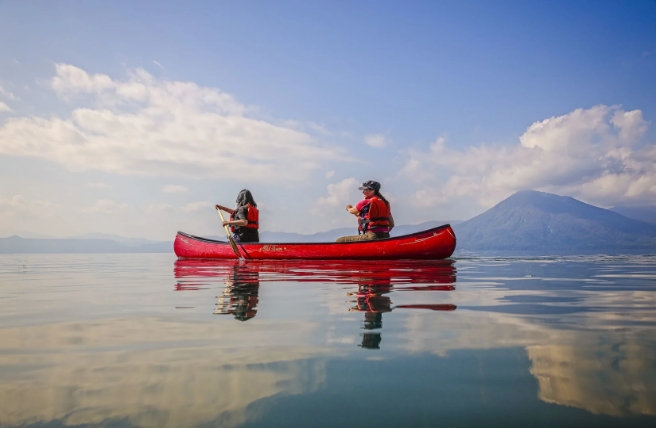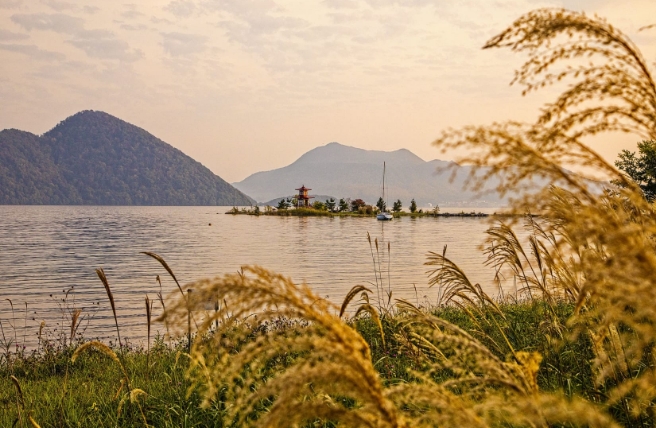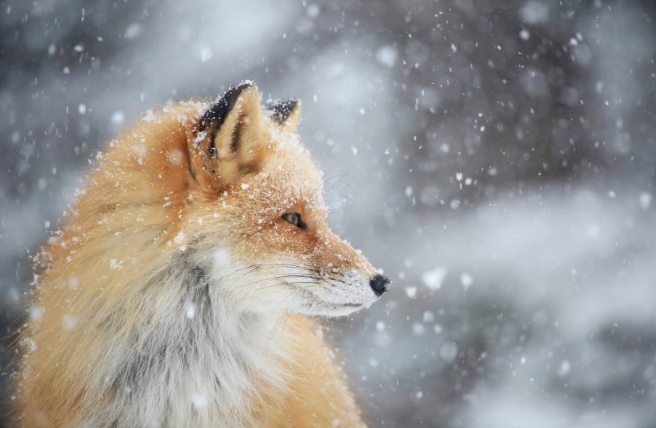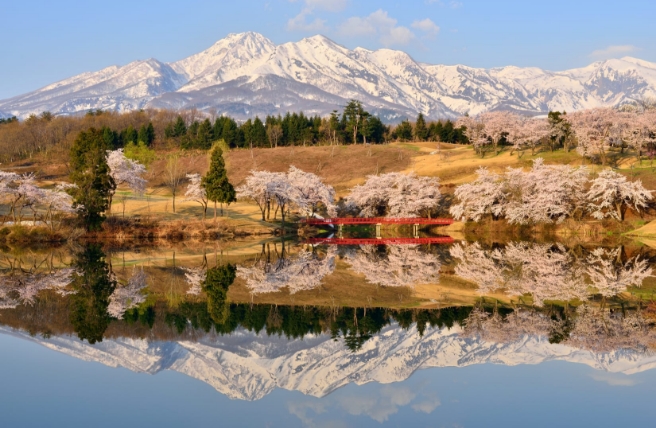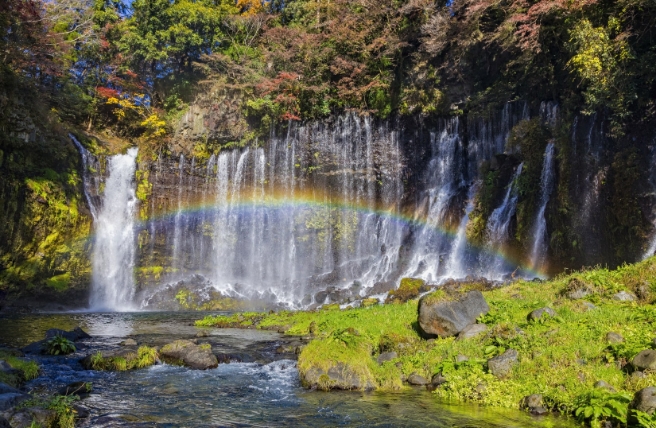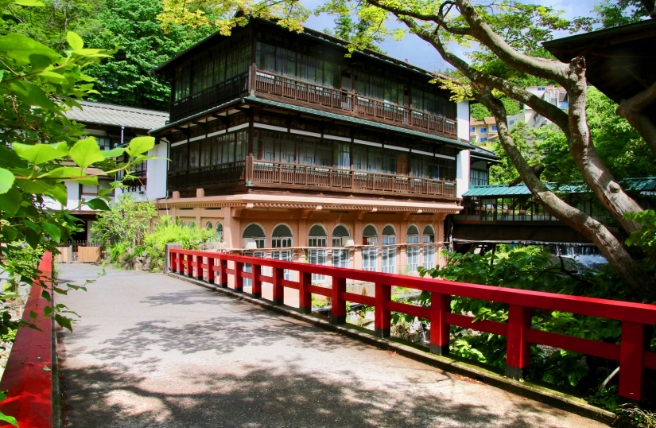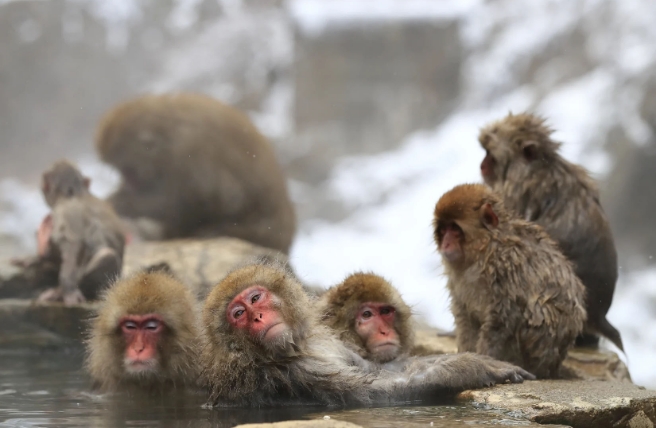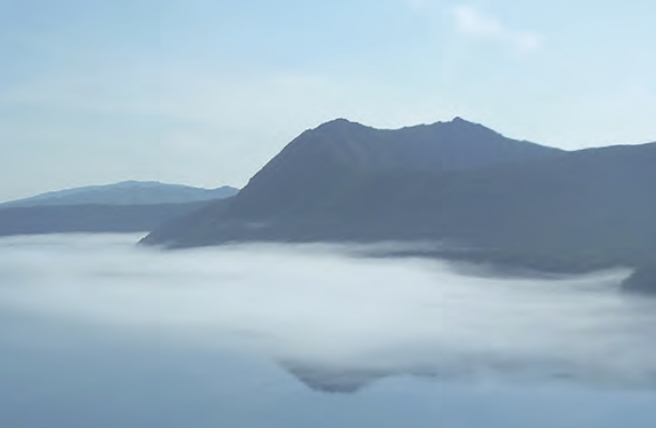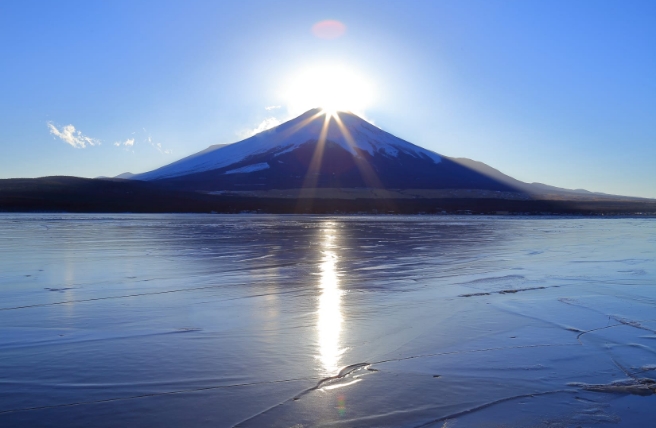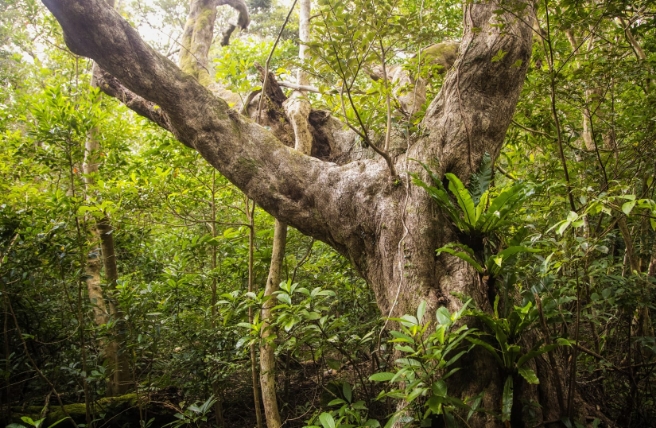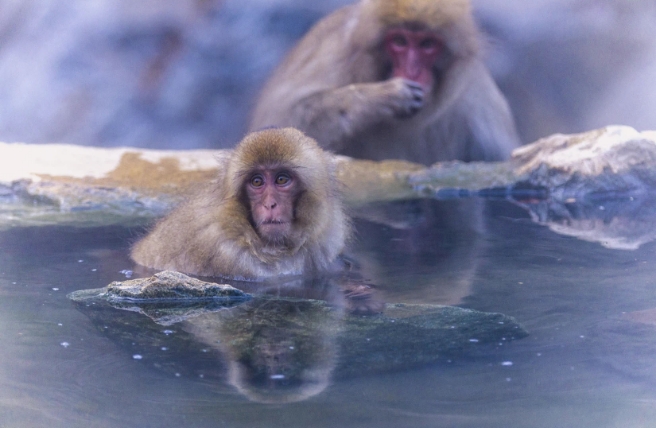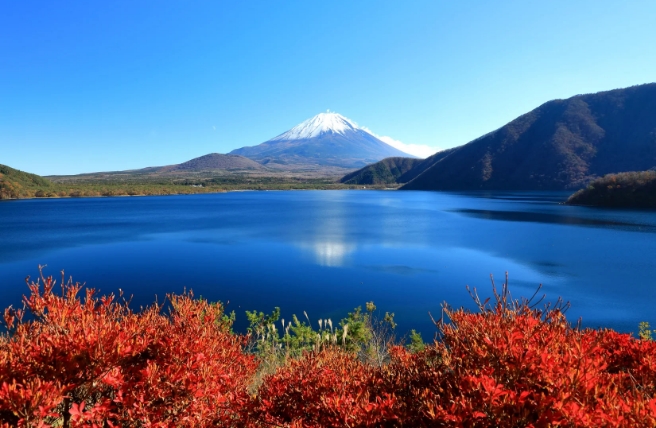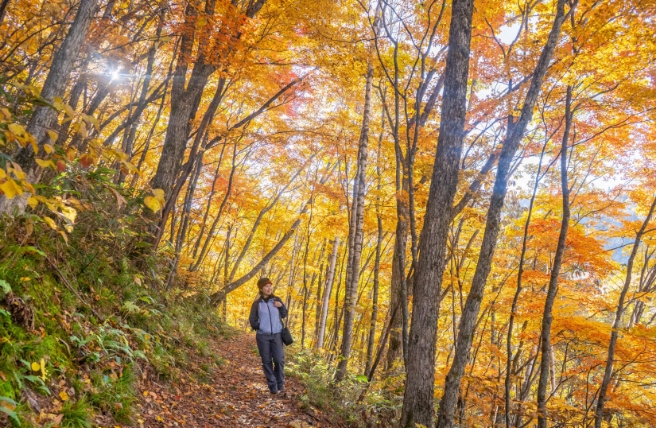From scrambling and rock climbing to ice climbing, waterfall climbing and canyoning, Japan’s national parks offer a range of exciting experiences for everyone from beginners to seasoned climbers. Reserve your guide, check your gear, do your stretches and head out for adventure!
Mountains make up around three-quarters of Japan’s land mass, so it’s no wonder that the country has its share of great climbing spots. We have selected four highlights from the national parks: waterfall climbing at Kamuy-Wakka Hot Falls, a hot-spring waterfall in Shiretoko National Park in Hokkaido; ice climbing the frozen Choji Falls in Nikko National Park; climbing the craggy 2,031-meter-high Mt. Kentoku in Chichibu-Tama-kai National Park near Tokyo; and finally, canyoning down the rock slides and waterfalls of the Nametoko Gorge at Ashizuri-Uwakai National Park in Shikoku.
Shiretoko National Park: Waterfall climbing
The Kamuy-Wakka Hot Falls are in Shiretoko National Park. The name Shiretoko comes from the indigenous Ainu word sir etok, meaning “ends of the earth,” and the Shiretoko Peninsula is at the northeasternmost tip of Japan. With a dramatic landscape shaped by volcanic activity, the park is home to many large animals including brown bears, killer whales and birds of prey.
Waterfall climbing
One unique experience Shiretoko offers is waterfall climbing. This involves climbing up Kamuy-Wakka, a series of four waterfalls covering a stretch of several hundred meters. The water is warm because it comes from Mt. Io, a nearby active volcano. “Kamuy-Wakka” means “water of the gods” in the Ainu language.
The water temperature starts in the upper 20s—around 25°C to 29°C—at the bottom of the falls, rising to around 38°C at the top with several natural pools en route where you can enjoy a nice warm soak. The water is sulfurous, so take care not to get it into your eyes. All in all, this is thrilling experience offering a sense of physical accomplishment and wonderful natural scenery.
One practical way to enjoy the falls, which are quite remote, is to use a member company of the Shiretoko Guide Association, which has English-speaking guides.

Things to know
Tours are available from July to September. The least crowded periods are early to mid-July and early to mid-September.
Cover up well with quick-drying, synthetic clothes and gloves. Also bring a towel, a waterproof case for your camera/cellphone, and something to drink. For the sake of safety, when you make your reservation, be sure to specify that you want to rent a pair of water shoes.
The whole park is a brown bear habitat. Take care not to fall and also watch out for falling rocks. Ne aware that there is no cellphone reception in this area.
Go the Kamuy-Wakka Hot Falls Climbing site for the latest information on activities and for reservations.
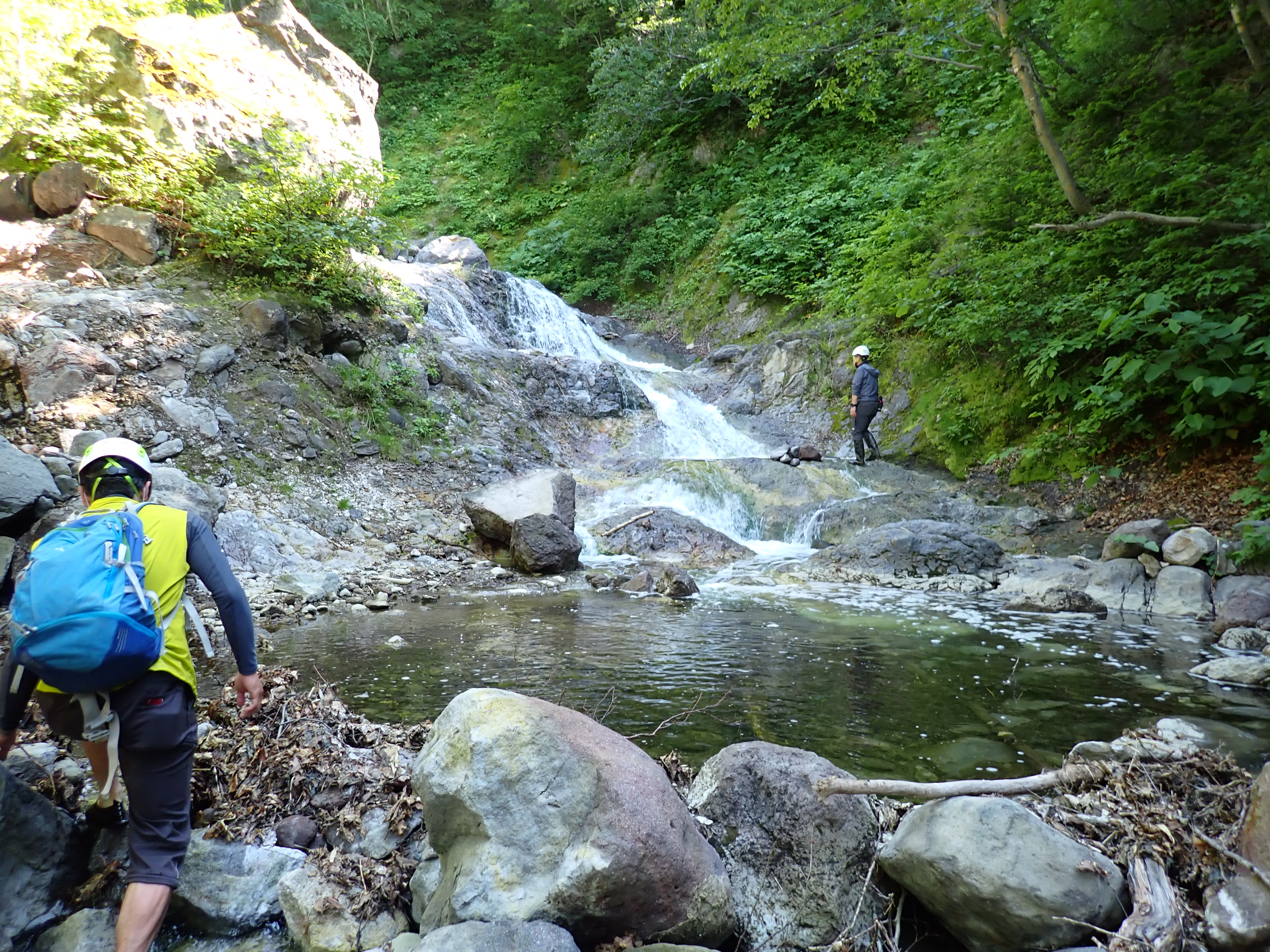
Nikko National Park: Ice climbing
Established in 1934, Nikko National Park is one of Japan’s first national parks. Despite its relative proximity to Tokyo, it combines mountains as high as 2,000 meters with an active volcano, plateaus, lakes and waterfalls—not to mention temples and shrines of World Cultural Heritage status. Ice climbing, an activity which cannot be done in many places in Japan, is thus just one of the park’s many attractions.
Ice climbing
In the depths of winter, a 25-meter-high wall of ice forms just beside Choji Falls, in Nikko’s Kirifuri Highlands. A man-made ice wall situated in the heart nature, you can climb it by joining a Nikko Ice Climbing Tour. Once you’re properly roped up and kitted out with crampons and an ice axe, scaling the ice wall makes for a thrilling climb culminating in a fabulous view from the top. As well as teaching participants how to use the equipment and how to climb, the guides will suggest different routes according to participants’ experience and fitness levels, making this an activity suitable for novices and veterans alike.
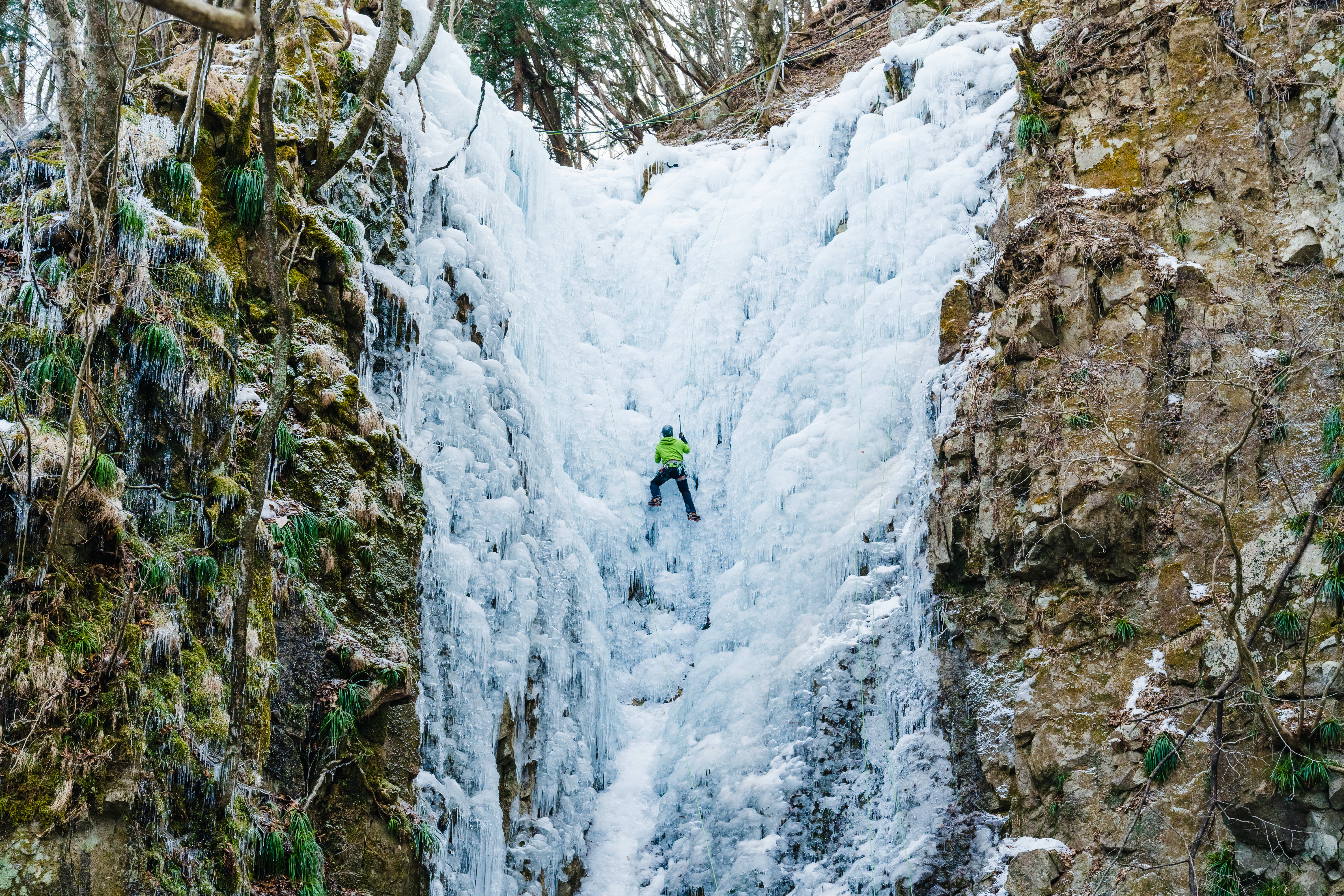
Things to know
The best time to go is between late January and the end of February. The ice is at its hardest in mid-February.
Since only a couple of people can climb at any one time, the other members of the group will have to wait at the bottom of the falls, making warm clothing essential. Wear clothing suitable for skiing or snowboarding (hat, gloves, sunglasses, hiking boots and a backpack). The tour company can rent certain items, but availability is limited. To avoid the risk of crampons sliding off, it is best to wear boots with rigid soles.

Chichibu-Tama-Kai National Park: Climbing Mt. Kentoku
Easily accessible from central Tokyo, Chichibu-Tama-Kai National Park is a sprawling national park that is home to the Okuchichibu mountain range. While the 2,601-meter-tall Mt. Kitaokusenjo is the park’s highest mountain, other peaks such as Mt. Kimpu (2,599 m), Mt. Kobushigatake (2,475 m) and Mt. Kumotori (2,017 m) are better known. Several major rivers, including the Tama and Arakawa which flow through Tokyo and out to the sea, have their headwaters in the park.
Mt. Kentoku
With the trailhead just two hours train and bus ride from Shinjuku Station, Mt. Kentoku (2,031m) is one of the park’s more challenging mountains. It is particularly popular among relatively seasoned hikers and climbers looking to try something a little more technical. The route, which can be done in a single strenuous day, passes through forests and grasslands before culminating in a rocky summit fitted with chains and ladders to help climbers make the (in places) almost vertical ascent. Spectacular 360-degree views, including Mt. Fuji, the Minami Alps and the mountains of Okuchichibu can be enjoyed from the craggy summit. One way to enjoy this challenging mountain is to take a Guided Tour of Mt. Kentoku.
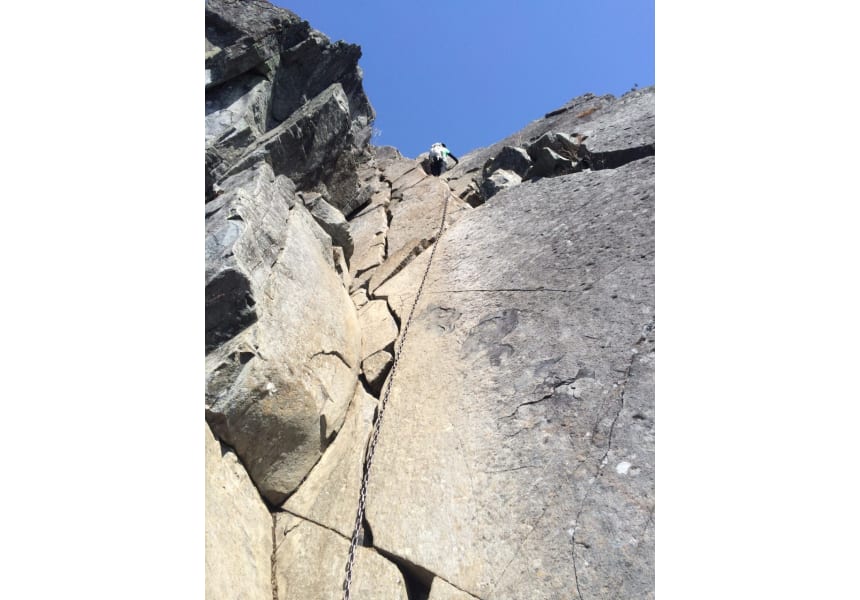
Things to know
The best times to do the Mt. Kentoku hike are in May, when the fresh green leaves of spring are on display, or in the fall when the leaves change color.
Basic hiking/mountaineering gear is needed. The tour guide can provide helmets free to anyone who wants one (advance notification needed). While ropes and harnesses are not necessary, the guide will bring them just in case. Trekking gear (rainwear, trekking poles and hiking boots) is available for rental if you make an advance booking online. Prices vary according to the item. Participants should bring their own food and plenty of liquids. Do not attempt to do this hike, if you feel less than 100%.
Ideally, try to reserve your spot a minimum of two weeks in advance, especially if you want an English-speaking guide.
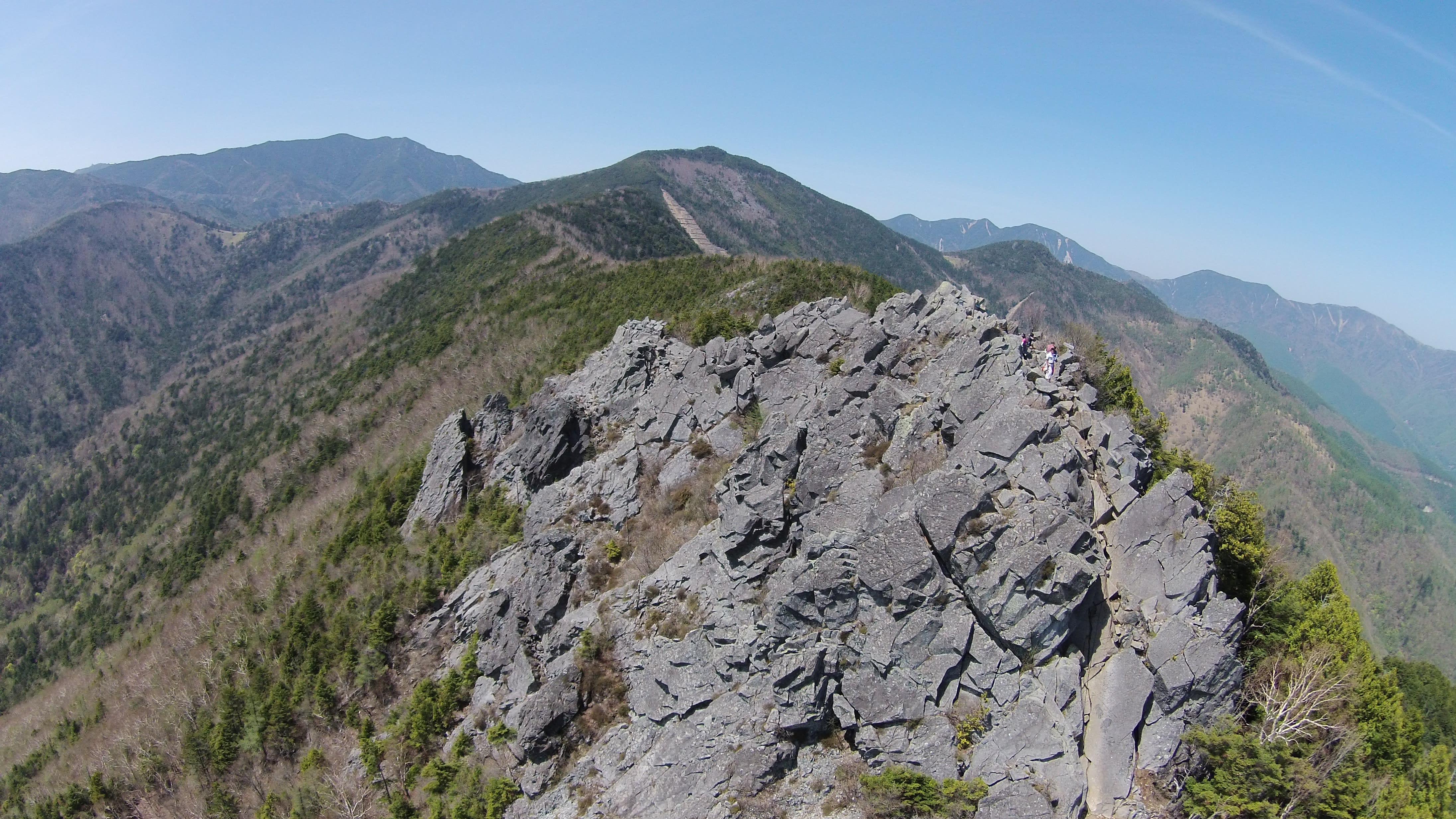
Ashizuri-Uwakai National Park: Canyoning in Nametoko Gorge
Located on a coastal strip in southwest Shikoku, Ashizuri-Uwakai National Park has a varied landscape that ranges from precipitous cliffs and archipelago islands to mountains as high as 1,000 meters inland. Nametoko Gorge is upstream of the Meguro River, a tributary of the Shimanto, the longest river in Shikoku. Surrounded by forests of Japanese oaks and bays, the clear river flows over a bed smooth granite with numerous stone pipelines, canyons, and slides for adventurous souls to enjoy.
Canyoning in Nametoko Gorge
Nametoko Gorge is one of the top places for canyoning in the whole of Japan. To be sure you can enjoy Canyoning in Nametoko Gorge safely, it’s a good idea to use an outdoor activity company such as goodriver. The company offers three courses: a one-day, a half-day and a family course.
The one-day course covers all five of the slides in the gorge, culminating in the 40-meter stone waterslide of the Yukiwa Falls. The half-day course, which covers three of the gorge’s five slides, is probably the most time-efficient option. As there are no steeps climbs and the slides are accessed by a pathway running parallel to the river, even people who don’t normally do that much exercise can participate with ease. The family course is open to children in first grade (i.e., aged six and above). Care is taken to tailor the difficulty level to the age and ability of the participants.
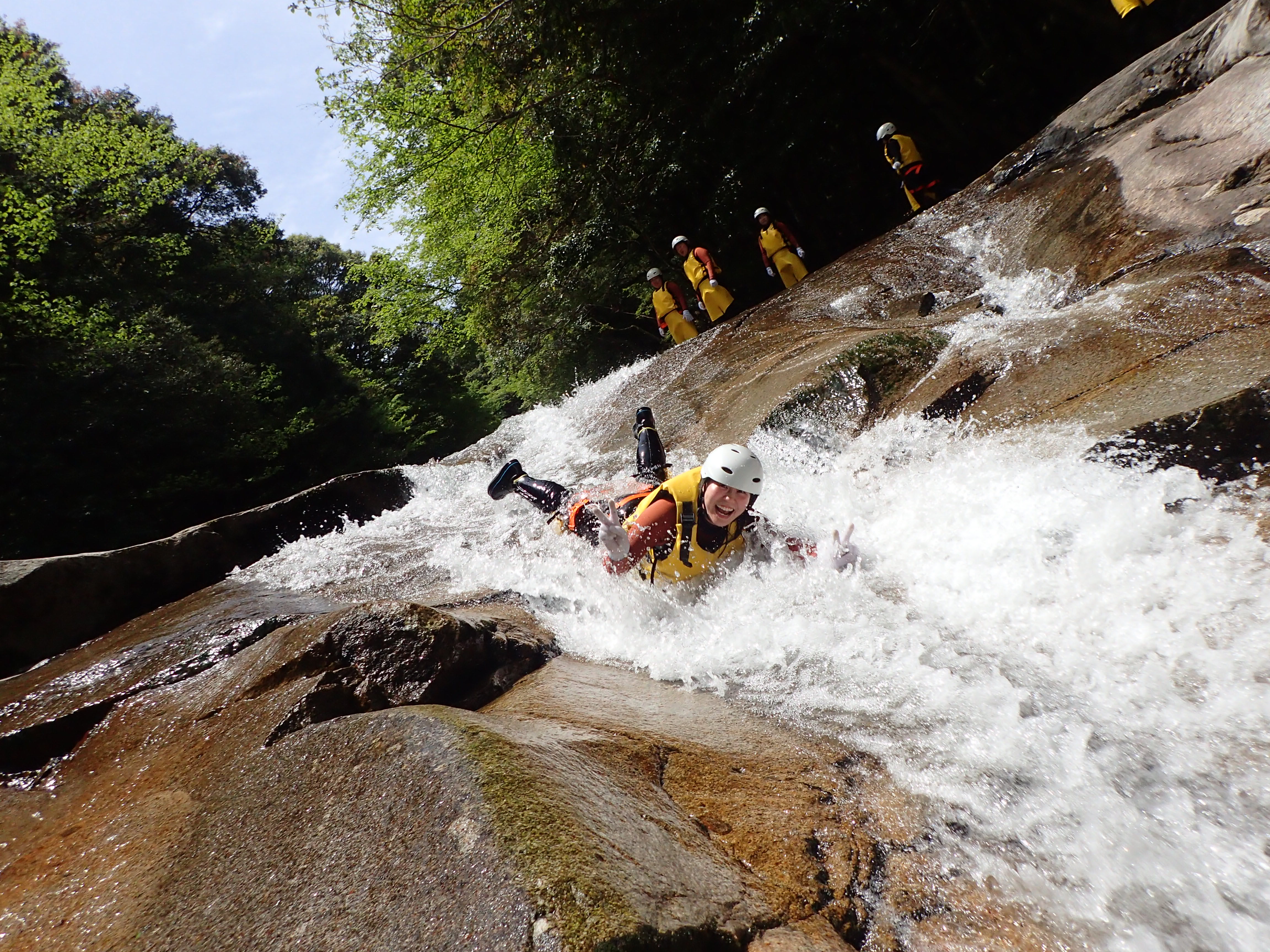
Things to know
The canyoning season runs from late April to early November. If possible, it’s a good idea to avoid the Japanese summer vacation season (roughly July 20 – August 20) because of the crowds.
Bring your own swimsuit and towel. You will be provided with a helmet, wetsuit, gloves, life jacket, hip cover (harness) and felt-soled non-slip shoes.
The tour may be canceled if the water level is too high. Long hair should be tied up with a rubber band, while false or long nails may lead to injury. People not coming by car will need to spend the night nearby.

